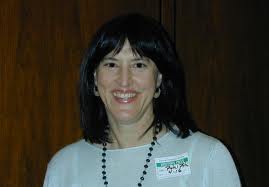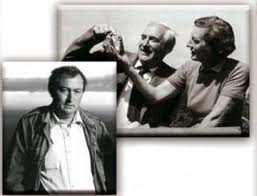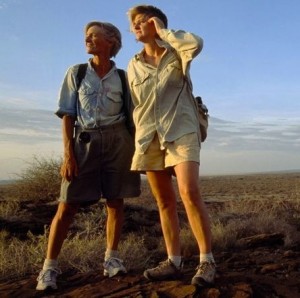Definitive Biography of the Leakeys, the First Family of Hominid Research
Focusing o n the entire Leakey family, from Louis and Mary Leakey, who were the paleontologist parents of Richard Leakey, also a paleontologist, to Richard’s paleontologist wife Maeve and their daughter Louise, the third generation of Leakey researchers into the origins of human life. Morell’s astounding level of research reveals the Leakeys individually, as a family, as dogged searchers for the truth about man’s origins–and as living, breathing humans.
n the entire Leakey family, from Louis and Mary Leakey, who were the paleontologist parents of Richard Leakey, also a paleontologist, to Richard’s paleontologist wife Maeve and their daughter Louise, the third generation of Leakey researchers into the origins of human life. Morell’s astounding level of research reveals the Leakeys individually, as a family, as dogged searchers for the truth about man’s origins–and as living, breathing humans.
Through letters, diaries, journals, personal interviews, and family archives, they speak to the reader with unprecedented candor about their personal travails, but more importantly, about their early struggles for funding, their fossil discoveries in remote desert locations, their constant surprise by the historical record, and their uncertainty, to this day, about modern man’s exact lineage.

Some Leakey peccadilloes, never secret, are fully documented here: Louis’s constant womanizing and his “adoption” of young female researchers, such as Jane Goodall, Dian Fossey, and Birute Galdikas; Mary’s scotch-drinking, her cigar-smoking, and her intolerance of those on her Stinker List, some of them other researchers; and Richard’s boyish brashness and arrogance, along with his health problems and dislike of another paleontologist, Donald Johanson.
Less appreciated, however, is the fact that before Louis’s work and significant discoveries, people still believed that early man was from China or Europe, not Africa. Mary Leakey was the first person ever to excavate a Paleolithic site, and her meticulous care about documenting the tools and animals found in the same stratum as her hominid fossils, told here in detail, revolutionized the way fossils were recovered and catalogued.

Louis and Mary Leakey, Richard (inset)
Richard found as many hominid fossils in two years (1971 and 1972) as Mary and Louis found in 36 years, and his level of dedication to research since finding his first hominid fossil at age 6, his mentoring of young researchers, and his creation of museums and foundations in Nairobi have perhaps received less attention than they deserve.
The Leakeys believe at least two and perhaps three or four different hominids may have lived in certain areas simultaneously, sharing space for a million or more years, and that the exact line of descent to modern man is still unknown. Tens of thousands of extinct, fossilized species of hippos, elephants, saber-toothed cats, crocodiles, antelopes, and even insects, unearthed by the Leakeys, are overwhelming evidence that if species, including hominids, do not change and adapt, they die.

Maeve and Louise Leakey
While some may argue about how certain hominids are labeled, no one can argue with their existence in the historical record, and nearly all of them have been unearthed by just one family. These contributions continue beyond the purview of this book into a new generation: Dr. Louise Leakey and her mother Meave (Richard’s wife) found yet another completely new hominid species in March, 2001.
Photos, in order: Virginia Morell’s photo, by Saadia Iqbal, appears on http://ngm.nationalgeographic.com
The superimposed photos of Louis, Mary, and Richard Leakey appear on http://www.scoop.co.nz/stories/HL0803/S00333.htm
The photo of Meave and Louise Leakey appears on http://www.nationalgeographic.com/field/explorers/leakeys/
